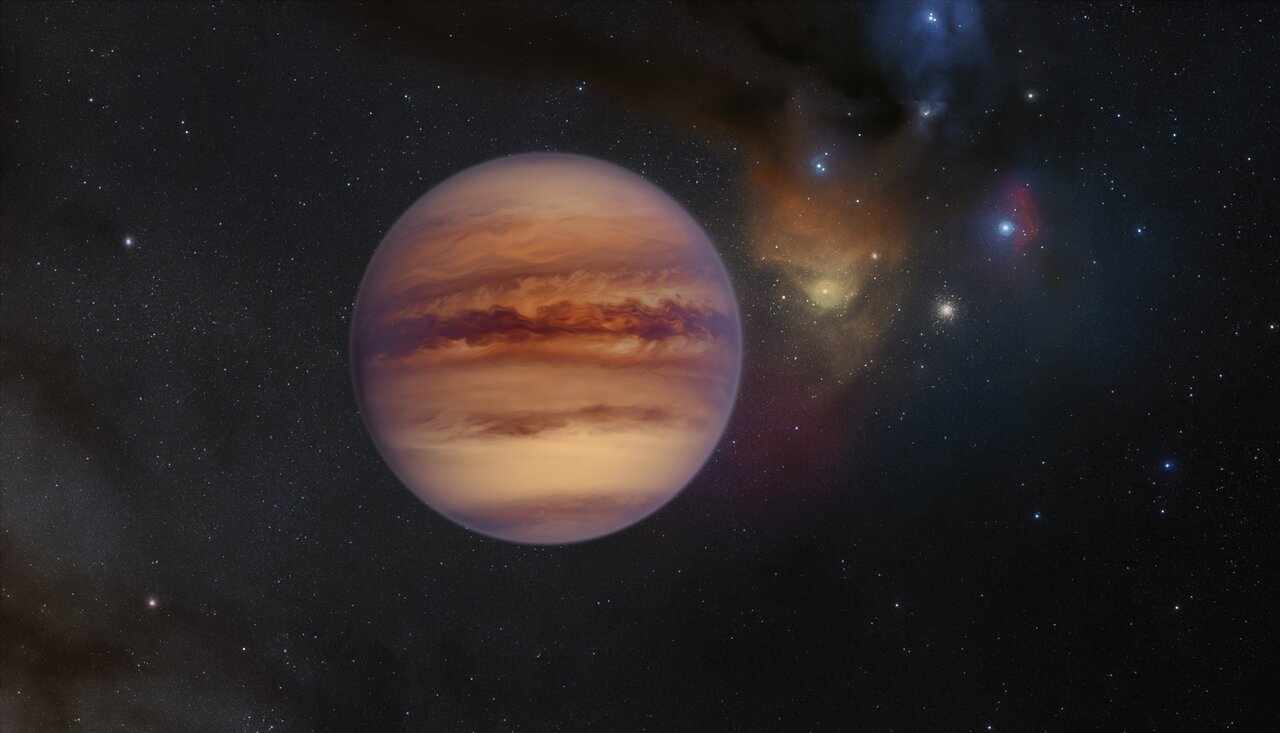
A new study suggests that many more planets may have large amounts of water than previously thought - as much as half water and half rock. All that water is probably embedded in the rock, rather than flowing as oceans.

The astronomers underlined that the star, these planets are orbiting is the second-coolest star found to host planets after TRAPPIST-1. They added that their finding is the second-most favorable habitable-zone terrestrial planet known so far.

The exoplanet is a gas giant, meaning it has no rocky surface and could not be habitable. The image shows how Webb's powerful infrared gaze can easily capture worlds beyond our solar system.

This observation of a gas giant planet orbiting a Sun-like star 700 light-years away provides important insights into the composition and formation of the planet.

It's called TOI-1452b, and measurements of its size and mass suggest a density profile consistent with a global liquid ocean. An exoplanet is just 100 light-years from Earth

Two new worlds of probable rocky mineral goodness have just been found orbiting a star close to our own cosmic neighborhood.

Scientists have discovered a Super-Earth that is four times the mass of our planet and takes just 10.8 days to complete a whole year.

TESS reached a milestone. We now have over 5,000 exoplanet candidates. Scientists have a lot of work to do confirming them.

Using telescopes from around the world, a team of astronomers recently discovered 70 additional free-floating planets (FFPs), the largest sample of “Rogue Planets” discovered to date in the Milky Way.

Astronomers and geologists have recently concluded that most rocky planets orbiting nearby stars are more diverse and exotic than previously thought, with types of rocks not found anywhere in our Solar System.

The researchers have identified a new class of habitable planets, dubbed 'Hycean' planets - hot, ocean-covered planets with hydrogen-rich atmospheres - which are more numerous and observable than Earth-like planets.

Astronomers using the Atacama Large Millimeter Array (ALMA) have spotted presence of a disc around a Jupiter-like exoplanet 400 light years away that could provide the raw material for up to three satellites the size of Earth’s Moon.

That incredible distance made the original discoverers of the planet back in 2011 think it was “rogue”. But a new research shows that the planet is in fact gravitationally bound to a star, just as an absurdly far distance.

The molecule hydroxyl (HO) is common on Earth. Now, for the first time, astronomers have conclusively detected it in the atmosphere of an ultra-hot Jupiter, WASP-33b.

Researchers report the discovery of a super-Earth orbiting the star GJ 740, a red dwarf star situated some 36 light years from Earth. Its mass is around 3 times the mass of Earth.